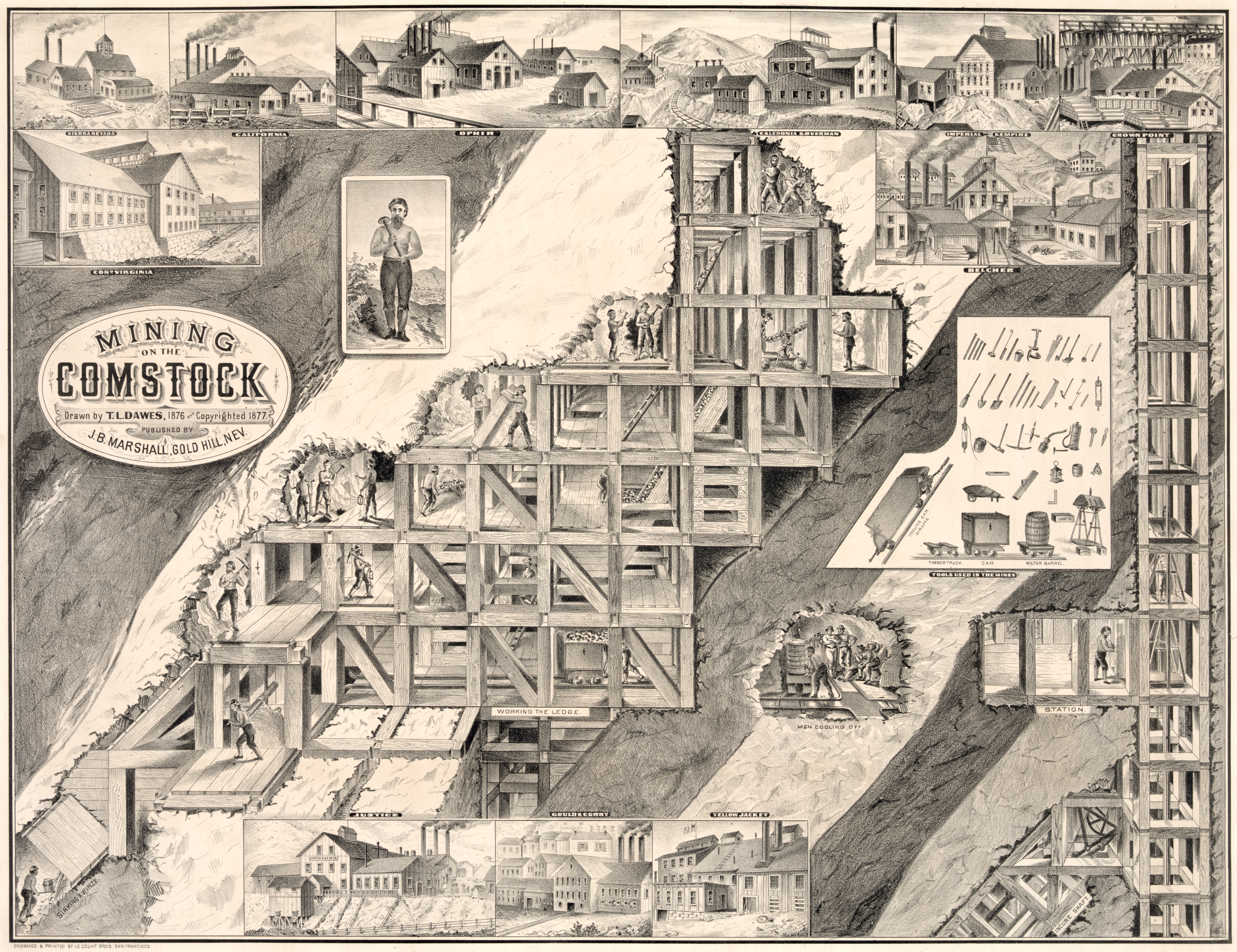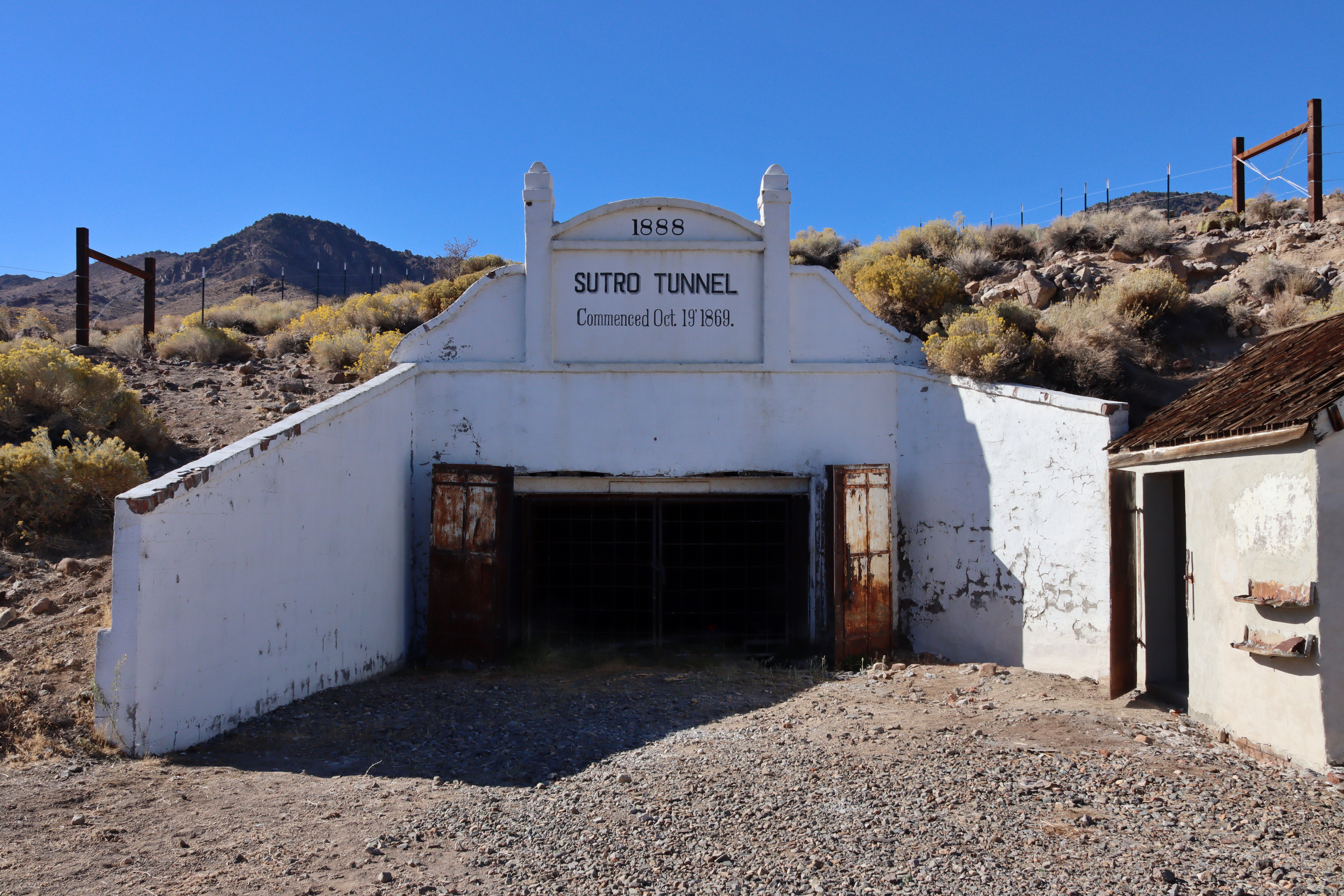|
Mount Sutro
Mount Sutro is a hill in central San Francisco, California. It was originally named Mount Parnassus. Geography The low mountain is in elevation. Mount Sutro is one of the many named hills within San Francisco, and among its original "Seven Hills". Most of Mount Sutro is owned by the University of California, San Francisco (UCSF). A parcel, including the summit, is protected as the Mount Sutro Open Space Reserve by UCSF, and open to the public. Sutro Tower, a large television and radio broadcasting tower for the San Francisco Bay Area and very visible City landmark, is not on Mount Sutro. It stands on a lower hill to the south between it and Twin Peaks. Sutro Forest Mount Sutro has been covered by a dense forest, with about 80% being introduced eucalyptus trees, that was planted in the late 19th century. The older trees are now over tall. The mountain is within San Francisco's fog belt, receiving fog throughout the summer. The tall trees precipitate the fog, with the moistu ... [...More Info...] [...Related Items...] OR: [Wikipedia] [Google] [Baidu] |
University Of California, San Francisco
The University of California, San Francisco (UCSF) is a public land-grant research university in San Francisco, California. It is part of the University of California system and is dedicated entirely to health science and life science. It conducts research and teaching in medical and biological sciences. UCSF was founded as Toland Medical College in 1864. in 1873, it became affiliated with the University of California as its Medical Department. In the same year, it incorporated the California College of Pharmacy and in 1881 it established a dentistry school. Its facilities were located in both Berkeley and San Francisco. In 1964, the school gained full administrative independence as a campus of the UC system, headed by its own chancellor, and in 1970 it gained its current name. Historically based at Parnassus Heights with satellite facilities throughout the city, UCSF developed a second major campus in the newly redeveloped Mission Bay district in the early 2000s. '' U.S. N ... [...More Info...] [...Related Items...] OR: [Wikipedia] [Google] [Baidu] |
UCSF Medical Center
The University of California, San Francisco Medical Center is a research and teaching hospital in San Francisco, California and is the medical center of the University of California, San Francisco. It is affiliated with the UCSF School of Medicine. In 2022–23, it was ranked as the 12th-best overall hospital in the United States and one of the top three hospital in California by '' U.S. News & World Report''. It was founded in 1907 at the site of Parnassus Heights, on Mount Sutro, following the 1906 earthquake, and it was the first hospital in the University of California system. The university acquired Mount Zion Hospital in 1990, which became the second major clinical site and since 1999 has hosted the first comprehensive cancer center in Northern California. Beginning in 2001, the university expanded in the Mission Bay neighborhood and added a new medical center with three new hospitals. History The UCSF medical center opened as a hospital in 1907 with 75 beds, after t ... [...More Info...] [...Related Items...] OR: [Wikipedia] [Google] [Baidu] |
Comstock Lode
The Comstock Lode is a lode of silver ore located under the eastern slope of Mount Davidson, a peak in the Virginia Range in Virginia City, Nevada (then western Utah Territory), which was the first major discovery of silver ore in the United States and named after American miner Henry Comstock. After the discovery was made public in 1859, it sparked a silver rush of prospectors to the area, scrambling to stake their claims. The discovery caused considerable excitement in California and throughout the United States, the greatest since the California Gold Rush in 1849. Mining camps soon thrived in the vicinity, which became bustling commercial centers, including Virginia City and Gold Hill. The Comstock Lode is notable not just for the immense fortunes it generated and the large role those fortunes had in the growth of Nevada and San Francisco, but also for the advances in mining technology that it spurred, such as square set timbering and the Washoe process for extracting silv ... [...More Info...] [...Related Items...] OR: [Wikipedia] [Google] [Baidu] |
Adolph Sutro
Adolph Heinrich Joseph Sutro (April 29, 1830 – August 8, 1898) was a German-American engineer, politician and philanthropist who served as the 24th mayor of San Francisco from 1895 until 1897. Born a German Jew, he moved to Virginia City, Nevada and made a fortune at the Comstock Lode. Several places in San Francisco bear his name in remembrance of his life and contributions to the city. Early life Born to a Jewish family in Aachen, Rhine Province, Prussia (today North Rhine-Westphalia, Germany), Sutro was the oldest of eleven children of Rosa (Warendorff) and Emanuel Sutro. He spent his youth working in his father's cloth factory and at school. After his father's death, he and one of his brothers, Sali ''(né'' Emanuel Sali Sutro; 1827–1908), began running the cloth factory. The Prussian rebellion in 1848 caused the family to leave for America in 1850 and settle in Baltimore. Soon after, Adolph left for California and arrived in San Francisco on November 21, 1851. ... [...More Info...] [...Related Items...] OR: [Wikipedia] [Google] [Baidu] |
Ranchos Of California
The Spanish and Mexican governments made many concessions and land grants in Alta California (now known as California) and Baja California from 1775 to 1846. The Spanish Concessions of land were made to retired soldiers as an inducement for them to remain in the frontier. These Concessions reverted to the Spanish crown upon the death of the recipient. The Mexican government later encouraged settlement by issuing much larger land grants to both native-born and naturalized Mexican citizens. The grants were usually two or more square leagues, or in size. Unlike Spanish Concessions, Mexican land grants provided permanent, unencumbered ownership rights. Most ranchos granted by Mexico were located along the California coast around San Francisco Bay, inland along the Sacramento River, and within the San Joaquin Valley. When the government secularized the Mission churches in 1833, they required that land be set aside for each Neophyte family. But the Native Americans were quickly ... [...More Info...] [...Related Items...] OR: [Wikipedia] [Google] [Baidu] |
Alta California
Alta California ('Upper California'), also known as ('New California') among other names, was a province of New Spain, formally established in 1804. Along with the Baja California peninsula, it had previously comprised the province of , but was split off into a separate province in 1804 (named ). Following the Mexican War of Independence, it became a territory of Mexico in April 1822 and was renamed in 1824. The territory included all of the modern U.S. states of California, Nevada, and Utah, and parts of Arizona, Wyoming, Colorado, and New Mexico. In the 1836 Siete Leyes government reorganization, the two Californias were once again combined (as a single ). That change was undone in 1846, but rendered moot by the U.S. military occupation of California in the Mexican-American War. Neither Spain nor Mexico ever colonized the area beyond the southern and central coastal areas of present-day California and small areas of present-day Arizona, so they exerted no effective cont ... [...More Info...] [...Related Items...] OR: [Wikipedia] [Google] [Baidu] |
Rancho San Miguel (Noe)
Rancho San Miguel is a neighborhood in Walnut Creek, California. It is named after the Alta California Ranchos of California, Rancho Rancho Arroyo de Las Nueces y Bolbones which was also referred to as Rancho San Miguel. Until the mid-1950s the area consisted largely of walnut orchards, until developer Joseph Eichler built a subdivision north of Shell Ridge and Ygnacio Valley Road. External linksRancho San Miguel Homeowner's Association at The Bancroft Library California ranchos Neighborhoods in Walnut Creek, California {{ContraCostaCountyCA-geo-stub ... [...More Info...] [...Related Items...] OR: [Wikipedia] [Google] [Baidu] |
California Environmental Quality Act
The California Environmental Quality Act (CEQA) is a California statute passed in 1970 and signed in to law by then-Governor Ronald Reagan, shortly after the United States federal government passed the National Environmental Policy Act (NEPA), to institute a statewide policy of environmental protection. CEQA does not directly regulate land uses, but instead requires state and local agencies within California to follow a protocol of analysis and public disclosure of environmental impacts of proposed projects and, in a departure from NEPA, adopt all feasible measures to mitigate those impacts. CEQA makes environmental protection a mandatory part of every California state and local (public) agency's decision making process. It has also become the basis for numerous lawsuits concerning public and private projects. CEQA has been criticized for being "abused" (used for reasons than environmental ones) to block, downsize, delay, or gain other concessions from new development. CEQA has ... [...More Info...] [...Related Items...] OR: [Wikipedia] [Google] [Baidu] |
Environmental Impact Review
Environmental Impact assessment (EIA) is the assessment of the environmental consequences of a plan, policy, program, or actual projects prior to the decision to move forward with the proposed action. In this context, the term "environmental impact assessment" is usually used when applied to actual projects by individuals or companies and the term "strategic environmental assessment" (SEA) applies to policies, plans and programmes most often proposed by organs of state. It is a tool of environmental management forming a part of project approval and decision-making. Environmental assessments may be governed by rules of administrative procedure regarding public participation and documentation of decision making, and may be subject to judicial review. The purpose of the assessment is to ensure that decision makers consider the environmental impacts when deciding whether or not to proceed with a project. The International Association for Impact Assessment (IAIA) defines an environm ... [...More Info...] [...Related Items...] OR: [Wikipedia] [Google] [Baidu] |
Federal Emergency Management Agency
The Federal Emergency Management Agency (FEMA) is an agency of the United States Department of Homeland Security (DHS), initially created under President Jimmy Carter by Presidential Reorganization Plan No. 3 of 1978 and implemented by two Executive Orders on April 1, 1979. The agency's primary purpose is to coordinate the response to a disaster that has occurred in the United States and that overwhelms the resources of local and state authorities. The governor of the state in which the disaster occurs must declare a state of emergency and formally request from the President that FEMA and the federal government respond to the disaster. The only exception to the state's gubernatorial declaration requirement occurs when an emergency or disaster takes place on federal property or to a federal asset—for example, the 1995 bombing of the Alfred P. Murrah Federal Building in Oklahoma City, Oklahoma, or the Space Shuttle ''Columbia'' in the 2003 return-flight disaster. While on-th ... [...More Info...] [...Related Items...] OR: [Wikipedia] [Google] [Baidu] |
Habitat
In ecology, the term habitat summarises the array of resources, physical and biotic factors that are present in an area, such as to support the survival and reproduction of a particular species. A species habitat can be seen as the physical manifestation of its ecological niche. Thus "habitat" is a species-specific term, fundamentally different from concepts such as environment or vegetation assemblages, for which the term "habitat-type" is more appropriate. The physical factors may include (for example): soil, moisture, range of temperature, and light intensity. Biotic factors will include the availability of food and the presence or absence of predators. Every species has particular habitat requirements, with habitat generalist species able to thrive in a wide array of environmental conditions while habitat specialist species requiring a very limited set of factors to survive. The habitat of a species is not necessarily found in a geographical area, it can be the interior ... [...More Info...] [...Related Items...] OR: [Wikipedia] [Google] [Baidu] |
Habitat Restoration
Restoration ecology is the scientific study supporting the practice of ecological restoration, which is the practice of renewing and restoring degraded, damaged, or destroyed ecosystems and habitats in the environment by active human interruption and action. Effective restoration requires an explicit goal or policy, preferably an unambiguous one that is articulated, accepted, and codified. Restoration goals reflect societal choices from among competing policy priorities, but extracting such goals is typically contentious and politically challenging. Natural ecosystems provide ecosystem services in the form of resources such as food, fuel, and timber; the purification of air and water; the detoxification and decomposition of wastes; the regulation of climate; the regeneration of soil fertility; and the pollination of crops. These ecosystem processes have been estimated to be worth trillions of dollars annually. There is consensus in the scientific community that the current envi ... [...More Info...] [...Related Items...] OR: [Wikipedia] [Google] [Baidu] |



.jpg)

